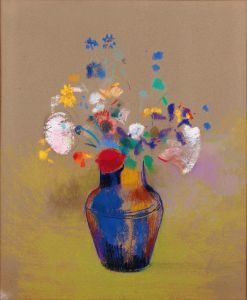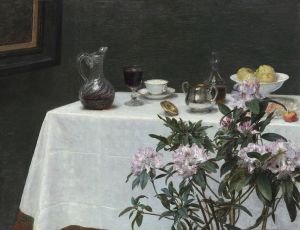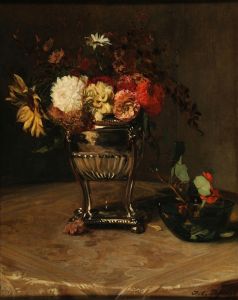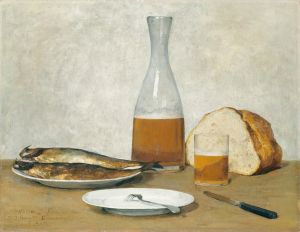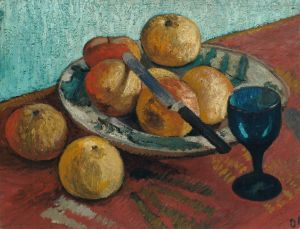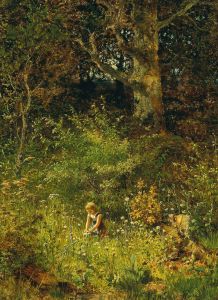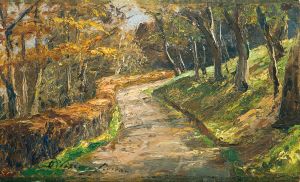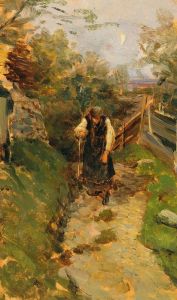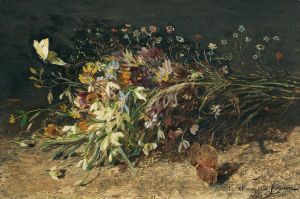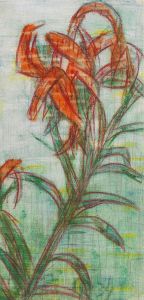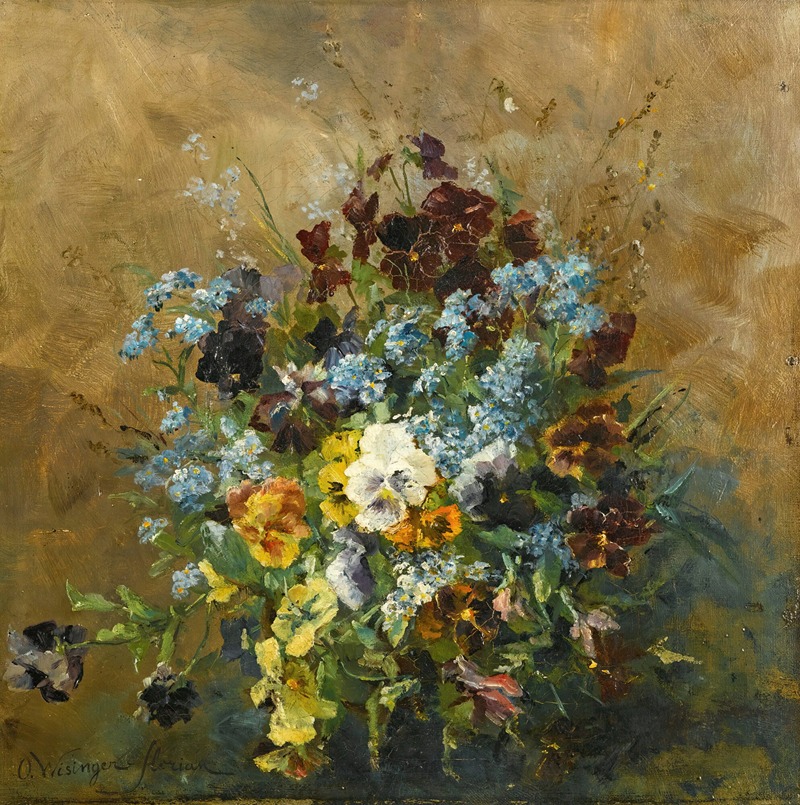
Still Leben Mit Stiefmütterchen
A hand-painted replica of Olga Wisinger-Florian’s masterpiece Still Leben Mit Stiefmütterchen, meticulously crafted by professional artists to capture the true essence of the original. Each piece is created with museum-quality canvas and rare mineral pigments, carefully painted by experienced artists with delicate brushstrokes and rich, layered colors to perfectly recreate the texture of the original artwork. Unlike machine-printed reproductions, this hand-painted version brings the painting to life, infused with the artist’s emotions and skill in every stroke. Whether for personal collection or home decoration, it instantly elevates the artistic atmosphere of any space.
Olga Wisinger-Florian was an Austrian painter known for her contributions to the Impressionist movement, particularly in the realm of floral and landscape paintings. Born in Vienna on November 1, 1844, she initially pursued a career in music before turning to painting in her late twenties. Wisinger-Florian became one of the most prominent female artists of her time, gaining recognition for her vibrant use of color and her ability to capture the delicate beauty of nature.
"Still Leben Mit Stiefmütterchen" (translated as "Still Life with Pansies") is one of Wisinger-Florian's notable works, showcasing her skill in still life painting. While specific details about this particular painting are scarce, it is consistent with her broader oeuvre, which often depicted flowers and natural scenes with a keen attention to detail and a lively palette.
Wisinger-Florian's work is characterized by its Impressionist style, which emphasizes the effects of light and color over precise detail. This approach is evident in "Still Leben Mit Stiefmütterchen," where the pansies are likely rendered with a focus on their vibrant hues and the play of light across their petals. Her technique often involved loose brushwork and a bright, vivid color scheme, which helped to convey the freshness and vitality of her floral subjects.
Throughout her career, Wisinger-Florian was associated with the Austrian avant-garde and was a member of several important art societies, including the Vienna Secession, a group that sought to break away from traditional academic art forms. Her involvement with these groups placed her at the center of the artistic developments in Vienna at the turn of the 20th century.
In addition to her artistic achievements, Wisinger-Florian was a trailblazer for women in the arts, at a time when female artists were often marginalized. She exhibited her work widely, both in Austria and internationally, and received numerous accolades for her contributions to the art world. Her paintings were featured in exhibitions across Europe, including the prestigious Paris Salon.
Wisinger-Florian's legacy is marked by her ability to capture the ephemeral beauty of nature through her art. Her still lifes, such as "Still Leben Mit Stiefmütterchen," continue to be celebrated for their vibrant color and dynamic composition. Today, her works are held in various public and private collections, serving as a testament to her skill and her role in the development of Impressionism in Austria.
While specific information about "Still Leben Mit Stiefmütterchen" may be limited, it remains an important part of Olga Wisinger-Florian's body of work, reflecting her passion for nature and her innovative approach to painting. Her contributions to the art world continue to be recognized and appreciated, ensuring her place in the history of European art.





